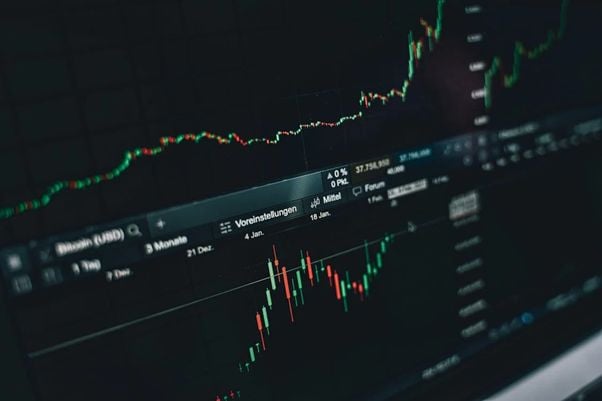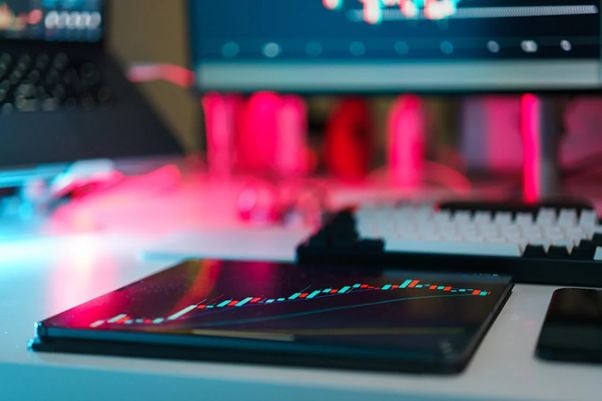There’s a reason mobile app designers are some of the most sought-after tech professionals in today’s market. As of December 2024, Statista recorded approximately 41,000 mobile app releases through the Google Play Store. Most services and brands with a website likely have a mobile app that accompanies it. The world is going mobile, and there is a lot of evidence supporting this new revolution. One can do almost anything from a mobile or tablet device, including remote work, digital payments, banking, and forex trading. However, despite this advancement, desktop applications continue to lead in certain areas, especially regarding financial market investments. If you’re a forex trader wondering which is your best bet, this article has all the answers you need.
Mobile tech in forex trading
It is common knowledge that one of the significant perks of forex trading and other financial market investments has always been flexibility. With mobile trading and applications, a lot of service providers in the industry have been able to drive this narrative further. Before the developments in these industries, investments were much more complicated and restricted to institutional investors. Today, anyone with a mobile app and decent capital can pick up their phone or tablet and start trading. Trading on the go, flexibility. 24/7 access and portability are some of the significant perks of mobile trading. Phones serve that purpose in this regard, which explains why every financial investment platform and software has applications for users. For example, MetaTrader 4 Singapore investors have the MT4 app, which is easily accessible for trading forex, stocks, and other assets.
Is mobile tech good enough for investors?
The simple answer to this is no. There are some limits to the functionality that mobile tech offers traders. Financial market investments are complex, and with this complexity comes the need for technical analysis, which involves dealing with large datasets, interpreting charts, and more. Mobile trading is not sophisticated enough to offer these services, so investors look to desktops and larger screens to manage their portfolios. Let’s further discuss the significant challenges and limitations of tablet trading.
Processing power

Desktops and laptops generally have larger processing power than mobile devices, designed for more demanding tasks. Financial asset management includes fundamental and technical analysis and charting tools, among other complex tasks. A good processor speed used in a smartphone will produce about 2.0GHz to 2.5GHz, while some laptops can offer as much as 3.8GHz with a modern processor. This processing speed is very functional when managing some technical aspects of asset trading and automatically works better with desktop devices. If you prioritize speed and ability to handle intensive tasks and charting software, a mobile device might not do the trick.
Screen size and multitasking limits
Dual and triple monitor setups are standard devices you’d find with dedicated investors. As much as it looks like it’s all about aesthetics, there is much more to it than that. These devices are versatile tools for seamless multitasking and better productivity. For instance, for forex trading, you could have live price charts running on one hand while the other screen shows a news feed or your trade execution panel. There is also a different level of clarity that comes with using larger screens.
Managing distractions
With tablets, getting carried away and falling for distractions is extremely easy. This device mostly contains other personal applications like TikTok, Instagram, and Twitter. A notification from these social media platforms could derail your concentration for hours. Staying away from mobile could be a great way to pay close attention to charts, price movements, and other things that matter to your portfolio. Financial investments are also quite volatile. 24/7 attention to economic events and other news could positively influence your investments and save you from losses.
Tablets or desktops? What’s your best bet?

To a large extent, trading the markets with desktops and larger screens makes things a whole lot easier. However, this does not displace the place of tablets. There are excellent recommendations like iPad Pro, Samsung Tab S9, and others, but the best approach is to have these devices on the side and only use them on the go. This includes during travels when you’re on the move and typically anytime you’re not close to your home setup. It can serve its purpose, but not for full-time traders and people who are highly invested in trading multiple securities.
Striking a balance
The key to succeeding with both is knowing when and where these systems stand and learning to strike a balance. With a good tablet device and a great home setup, you’re likely to have a more seamless experience navigating several assets. For smart traders, the approach isn’t choosing one over the other. It’s learning to leverage both.
